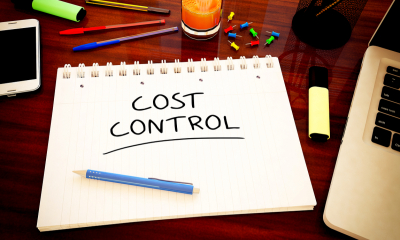
Forecasting the financial performance of your business is a key part of business planning. Budgeting helps you see flaws in in your financial plans and anticipate possible cash flow problems.
At the same time, you can identify the key costs in your business and find opportunities to cut unnecessary spending and reduce your overheads.
How to create a sales forecast for your business
Sales forecasting can be the most difficult part of the budgeting process, particularly for new businesses. Established businesses in stable markets often base sales forecasts on the previous year's sales figures. Forecasts need to take into account how customer demand might change, new competition entering the market and your own marketing and sales plans.
Ideally your forecasts will be ambitious but achievable. You should avoid imposing a sales budget based on what you would like to happen - your projections must be grounded in reality. If you have a sales team, they will be more motivated to achieve goals if they have been involved in agreeing the forecast.
How to create a budget for costs
By comparison, budgeting for costs should be much more straightforward. Typically, there will be a mix of fixed overhead costs (such as rent) along with variable costs linked to the volume of sales (such as inventory costs). Again, the budget needs to take into account changing circumstances and your plans.
Budgeting like this is an essential part of financial planning. Regular management accounts can then assess how actual business performance compares to budgeted figures. The early warnings this provides can be particularly valuable for high growth businesses in dynamic markets.
Managing cost control
Compared to the challenge of winning increased sales, cost control can be a relatively straightforward way of improving cash flow and profitability.
In some cases, you may find quick and easy ways to cut costs. These might include cutting unnecessary waste, reducing inefficiency or finding lower-priced utility suppliers using a price-comparison website. More significant cost control opportunities may involve more substantial changes. For example, you might invest in new technology to boost productivity.
It's important to think through the full implications of any changes you make to cut costs. Cost control that damages the quality and reliability that you give customers, or demoralises your staff, is likely to be counterproductive.



